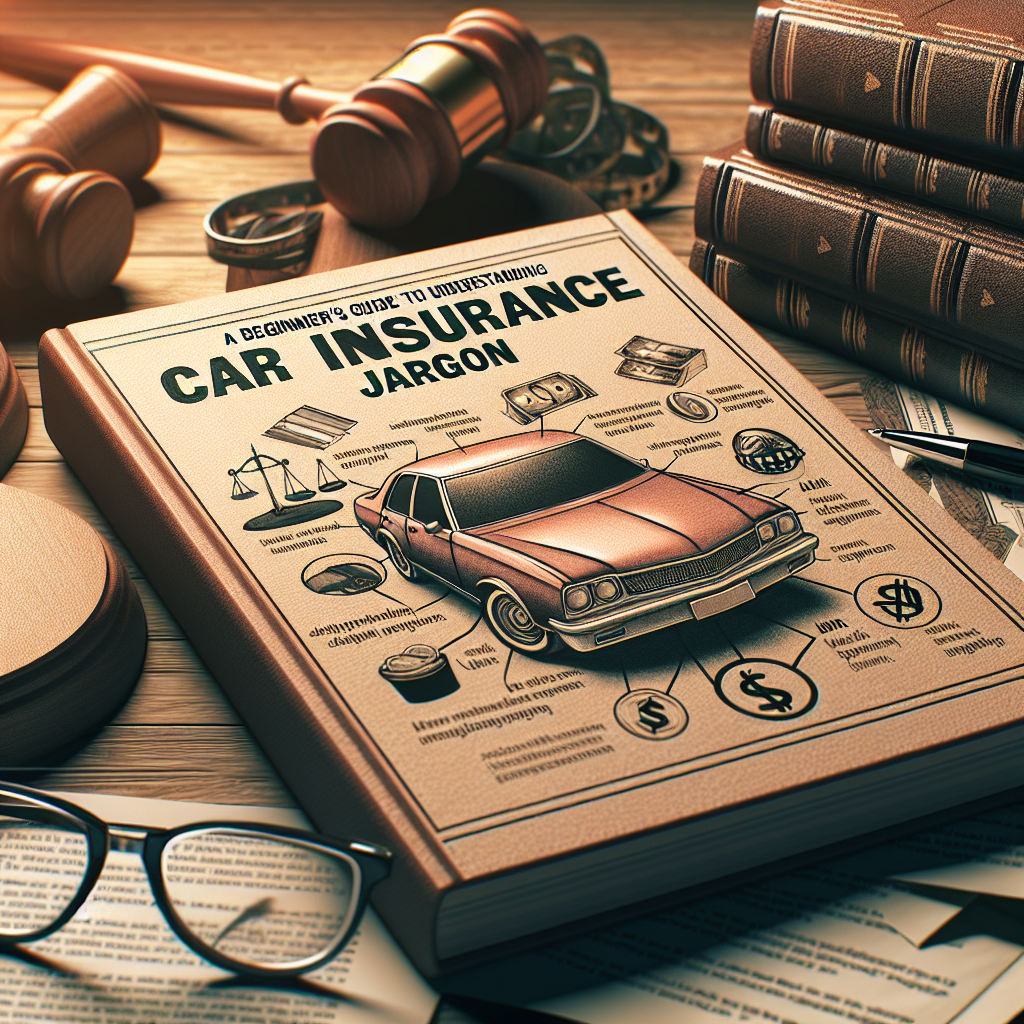Navigating the world of car insurance can be as tricky as merging into a busy highway. For those new to the realm, the jargon can feel overwhelming. From "deductibles" to "liability," insurance terms can seem like a foreign language. Fear not! This beginner’s guide is here to break down essential car insurance vocabulary, making it comprehensible and relatable. Whether you’re a new car owner or just shopping for better coverage, understanding these terms will empower you to make informed choices.
What is Car Insurance?
Before diving into the jargon, let’s establish the basics. Car insurance is a contract between you and an insurance company that protects you financially in the event of an accident, theft, or damage to your vehicle. In exchange for a premium, the insurer agrees to cover certain costs associated with these risks.
Key Car Insurance Terms
1. Premium
The premium is the amount you pay for your car insurance policy, usually on a monthly or annual basis. Think of it as the subscription fee to protect yourself against unforeseen circumstances. Factors that influence your premium include your driving record, the type of car you drive, and your location.
2. Deductible
The deductible is the amount you must pay out of pocket before your insurance kicks in for a claim. Choosing a higher deductible typically lowers your premium but increases your financial responsibility in the event of an accident. It’s a balancing act between manageable payments and out-of-pocket expenses.
3. Liability Coverage
Liability coverage is the core of most car insurance policies. It covers the costs associated with injuries or damages you may cause to others in an accident. However, it doesn’t cover your own injuries or vehicle damage. It’s like having a safety net that ensures you’re protected from financial ruin in the event you cause an accident.
4. Collision Coverage
Collision coverage is optional insurance that helps pay for the damage to your car from an accident, regardless of who’s at fault. This coverage can be particularly useful if you have a newer or more valuable vehicle. It’s akin to a shield for your investment, ensuring you can get back on the road after an incident.
5. Comprehensive Coverage
Comprehensive coverage protects you from non-collision-related incidents, such as theft, vandalism, or natural disasters. If someone breaks into your car or a hailstorm damages your vehicle, comprehensive coverage will be there to help. Think of it as an all-around protector for your car against the unexpected.
6. Uninsured/Underinsured Motorist Coverage
This coverage is essential if you’re involved in an accident with someone who doesn’t have insurance or doesn’t have enough coverage. It ensures that you can still claim for your medical expenses and vehicle damages. Like a safety net, this coverage can provide peace of mind when driving in areas with high uninsured motorist rates.
Understanding Your Policy
1. Declarations Page
The declarations page is the first page of your insurance policy that summarizes key details: your coverage limits, premium amount, and the covered vehicles. It’s a handy reference point, akin to a summary sheet, that outlines what you need to know in a snapshot.
2. Exclusions
Every policy comes with exclusions, which identify circumstances or situations where coverage does not apply. Reading this section carefully helps you understand what risks you’re not covered for, preventing unpleasant surprises later on.
3. Policy Limits
Policy limits refer to the maximum amount your insurance company will pay for a covered claim. Understanding these limits is crucial to ensure you have adequate coverage and won’t face significant financial losses.
Tips for Shopping for Car Insurance
1. Compare Quotes
Since every insurer has different rates and coverage options, it’s wise to compare quotes from multiple providers. You can use online tools to streamline this process. Looking for the best deal? Don’t hesitate to ask for discounts!
2. Understand Your Needs
Consider your lifestyle, driving habits, and financial situation when assessing coverage. If you rarely drive or have an older car, you might opt for minimum coverage. Conversely, if you have a new vehicle or frequent road trips, comprehensive coverage may be worth the extra cost.
3. Read Reviews
Before choosing an insurance company, read reviews and testimonials from other customers. A well-rated insurer can make the claims process smoother and more reliable when you need it most.
Conclusion
Understanding car insurance jargon is the key to feeling confident about your coverage choices. Armed with this knowledge, you can navigate the insurance landscape with ease and find the best policy tailored to your specific needs. Remember, insurance is not just a financial obligation; it’s a protective measure that ensures you and your family stay safe on the road. So take your newfound understanding, hit the highway, and drive with confidence!
By breaking down complex terms and providing actionable tips, this guide equips beginners with the knowledge they need to tackle car insurance discussions head-on. Don’t let jargon intimidate you; instead, embrace it! Driving well means ensuring you’re well-prepared, both behind the wheel and in the realm of car insurance.


